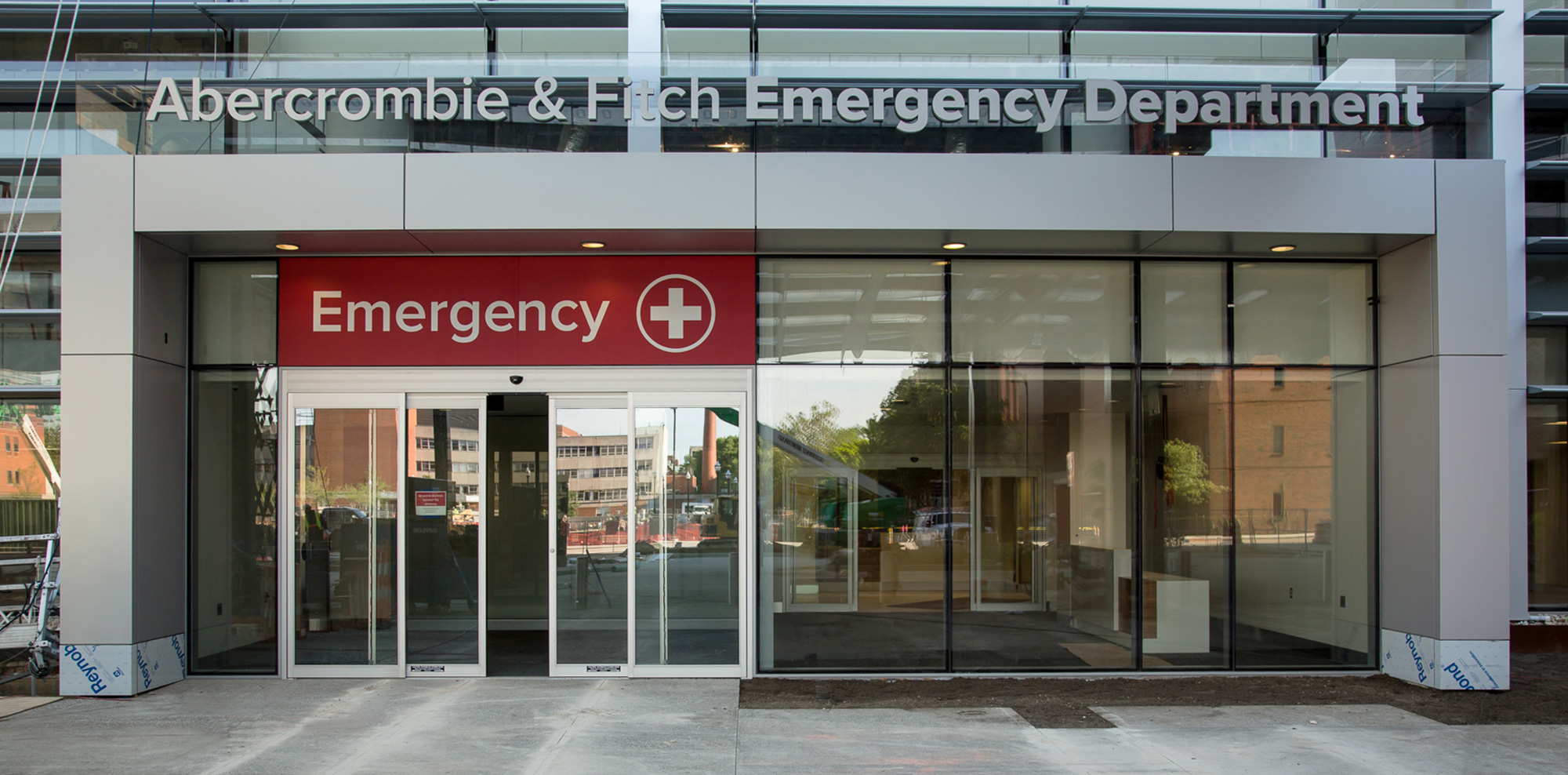Burn scars are a virtual certainty with third degree, or full thickness burns, and worse. Though superficial, second degree burns, or partial thickness burns, may also result in minimal scarring. The degree of scarring depends on the depth of the burn injury. For example, if a second degree burn was covered by clothing the effect on the patient could be minimal or could be exacerbated, depending on the material. Treatment for burn scars and injury is often quite painful and can last for weeks, months, or even years. To find out more about potential scarring issues, please feel free to refer to the following frequently asked questions. For information about a potential personal injury claim related to burns, consult with a well-qualified personal injury attorney, experienced with burn injuries.
Are there different types of burn scars?
Keloid scars are raised – often discolored – small lines that develop during the healing process and extend beyond the original injury. Such scars can also hamper movement as they can tighten the skin. Treatments include traditional surgery to remove the scar tissue, steroids, or silicone sheets to flatten the scar. But with advancements in laser technology, we find that many keloid scars can be removed with one to several such procedures. Smaller keloids can be treated using cryotherapy (a freezing process through the use of liquid nitrogen). If keloid formation is detected early, some respond to pressure treatments soon after the injury. Keloid scars are most prominent in victims with darker skin associated with race, or lighter skinned people who have been exposed to large amounts of UV rays (sun tans and tanning beds) that has darkened their skin over time.
Contracture scars are a more serious form of keloid scar and can also negatively affect movement. But these usually go deeper than the epidermis and dermis and affect muscles and nerves. Often muscle reconstructive surgery will be necessary. Currently, nerve reconstructive surgery is dubious in such cases. But advancements are being made in this reconstructive area.
Can Scars be Treated?
Once scars begin to appear patients may have to wait to treat the scar tissue or damaged skin. Many times the healing process must be allowed to mature before doctors can begin the repair process. Waiting for the scars to mature may be quite frustrating, especially if painful physical rehabilitation is also involved.
Physical healing takes time and in addition to having to periodically return to the hospital for follow up medical treatment and surgeries, physical therapy will also likely be necessary in order to reasonably recover from a serious burn injury. Patients may not only be self-conscious of their appearance during their protracted treatment process, they may also have to deal with certain disability issues, such as movement of limbs, hands, fingers and a dulling or elimination of sensation. Patients may also struggle with varying degrees of post-traumatic stress disorder, or PTSD, which can prove to be even harder to treat than the physical injuries and may require years of counseling and other medical interventions.
Physical and Emotional Scars in Burn Victims who are Children
As traumatic as a burn injury can be to an adult, a serious burn injury to a child and the extended healing process can be even more earth-shattering.
Children of different ages may respond to serious burn injuries in different ways. Younger children may take their cues from their parents. Older children and teens may place more value in their peers’ opinions. Nonetheless, both often become distressed by their radically altered appearance and depressed when confronted with their new – even if temporary – body image. Helping kids who are recovering from serious burn injuries to identify things that remain special about them can help fortify their self-esteem. Encouraging their participation in hobbies, group activities and sports, if they are able to do so, is a key to combat depression and negative self-imagery.

